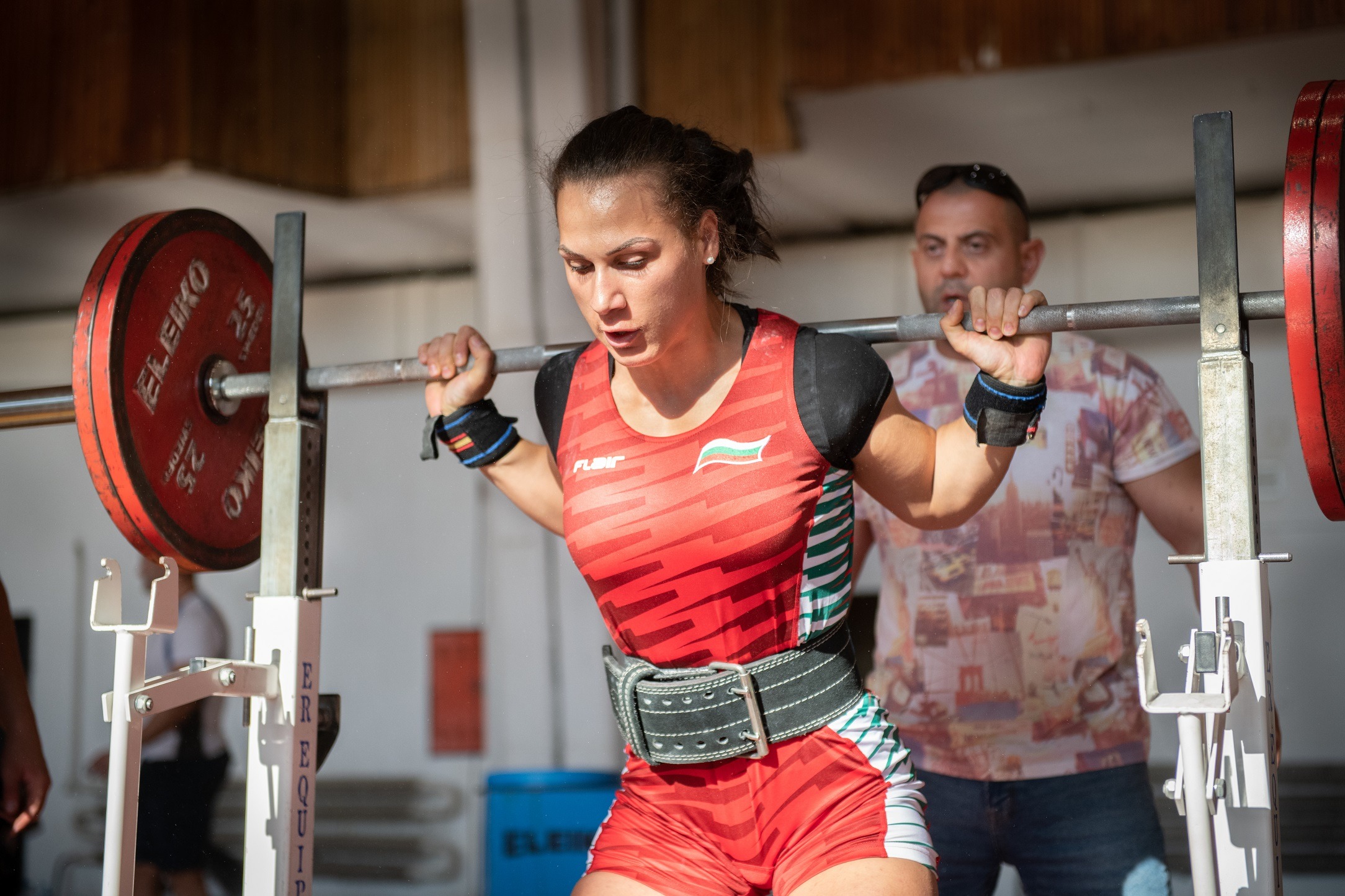
An earlier study examining the relationship between muscle fiber typology and repetition performance found that fiber type was only weakly related to repetition performance. This article breaks down a new study on the subject.
Note: This article was the cover article of MASS Research Review for July 2023 and is a review of a recent article by Van Vossel et al. If you want more content like this, subscribe to MASS.

Summits
The researchers classified 95 beginners (38 women and 57 men) as a typology of slow or fast contraction muscle fibers based on intramuscular carnosine levels. They examined the relationship between fiber typology and repetitions with the failure of leg extension, leg flexion, biceps flexion and triceps extension exercises at a combination of relative intensities between 40 and 80%.
Subjects classified as fast-twitch individuals performed significantly fewer repetitions until the failure of leg extension, leg flexion and biceps flexion than slow-twitch individuals. However, the number of repetitions performed on the triceps extension was not significantly related to the type of fibers.
The study currently under review suggests that people with a greater proportion of type II fibers tend to do fewer repetitions until failure during certain exercises. However, the correlations reported in this study were not very strong (all r ≤ 0.42); therefore, it would be difficult to say that repetitions Until failure can predict fiber typology with high accuracy.
Although a certain level of scientific support can sometimes be found that one training style is superior to another, we also understand that the rates of Hypertrophy and strength gain are very individual (2, 3, 4, 5). We can also say that, on average, individuals can perform about 10 repetitions Until failure with a load equal to 75% of 1 rpm in squat or Bench press. However, there is a substantial interindividual variation in the repetitions performed at a certain relative intensity (percentage of 1 rpm). For example, recent data show that trained men and women performed a series of 6 to 28 repetitions on a squat that failed at 70% of 1RM (6).

This individual Variation, in my opinion, triggers the most urgent training question that we are facing today: why does this Individual Variation exist? With regard to repetition performance, the data showed (Figure 6) that a person’s body mass explains 20% of the variance in repetitions Until failure at a Given relative intensity, with heavier people performing fewer repetitions until failure. However, this leaves 80% of the variance unexplained. A popular suggestion to explain the remaining variance is that individuals with a higher proportion of type I fibers (slow contractions) have better muscle endurance than those with type II fibers. This proposal makes sense because type I fibers are more resistant to fatigue than type II fibers. A previous foray into this topic (7 – mass Review) revealed that in 30 women and men, those who had more type II fibers tended to do fewer squat repetitions Until failure at 80% of 1 rpm, but the correlation was not as strong (rho = -0.38), which made the conclusions Fortunately, a new study by Van Vossel et al. (1) examined the association between muscle typology and repetitive performance at different relative intensities in 95 women and men.
Objective and assumptions
Objective
The examined study had three specific objectives:
It aimed to determine if the maximum dynamic force and the isometric force differed between individuals classified in slow and fast typologies.
To study the relationship between muscle typology and the repetitions performed on the leg extensors, leg flexions, biceps flexions and triceps extensors Until failure.
To examine whether different factors (relative intensity and strength level) influenced the number of repetitions Until failure.

Hypothesis
The researchers hypothesized that people with a faster muscle typology (a greater proportion of type II fibers) would have a higher maximum strength and perform fewer repetitions during various exercises (leg extension, leg flexion, biceps flexion and triceps extension).







